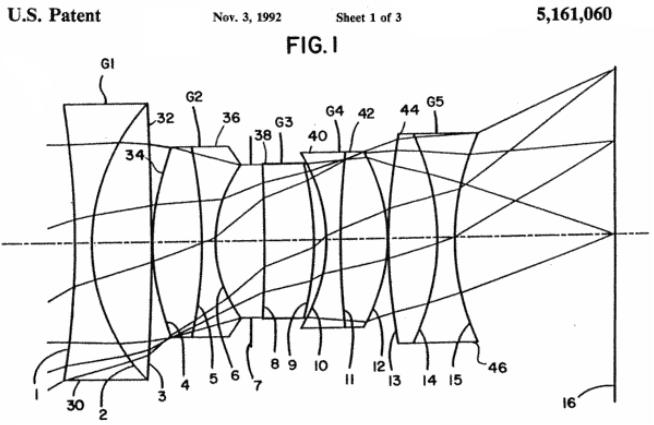Walter Watz: Difference between revisions
From Leica Wiki (English)
Jump to navigationJump to search
(New page: "the Summilux-M 35 mm f/1.4 Aspherical in its two versions designed by Walter Watz ( the first one produced between 1990-1994 with 9 elements in five groups and two aspherically ground len...) |
|||
| (6 intermediate revisions by the same user not shown) | |||
| Line 1: | Line 1: | ||
[[File:B06.JPG]] | |||
The [[35mm f/1.4 Aspherical Summilux-M]] " . . . in its two versions designed by '''Walter Watz''' ( the first one produced between 1990-1994 with 9 elements in five groups and two aspherically ground lenses and the second one produced from 1994 featuring the same optical formula but only one aspherical surface produced by ultra high precision press forming rather than by grinding and polishing, i.e, moulding raw glass blanks for the first time) . . ." | |||
'''Source''' - [http://elrectanguloenlamano.blogspot.com/2008_06_01_archive.html José Manuel Serrano Esparza] | |||
=== Leica Camera GmbH Photographic Patents by Walter Watz of Huettenberg-Reiskirchen, Germany === | |||
*1991 FEB 15 - CAMERA LENS (9 / 5) see above and [[35mm f/1.4 Aspherical Summilux-M]] and [[35mm f/1.4 ASPH Summilux-M]] | |||
Latest revision as of 21:13, 8 March 2012
The 35mm f/1.4 Aspherical Summilux-M " . . . in its two versions designed by Walter Watz ( the first one produced between 1990-1994 with 9 elements in five groups and two aspherically ground lenses and the second one produced from 1994 featuring the same optical formula but only one aspherical surface produced by ultra high precision press forming rather than by grinding and polishing, i.e, moulding raw glass blanks for the first time) . . ."
Source - José Manuel Serrano Esparza
Leica Camera GmbH Photographic Patents by Walter Watz of Huettenberg-Reiskirchen, Germany
- 1991 FEB 15 - CAMERA LENS (9 / 5) see above and 35mm f/1.4 Aspherical Summilux-M and 35mm f/1.4 ASPH Summilux-M
